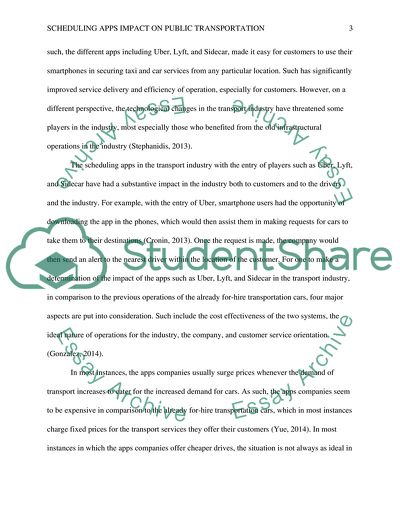Cite this document
(Scheduling Apps Impact on Public Transportation Coursework, n.d.)
Scheduling Apps Impact on Public Transportation Coursework. Retrieved from https://studentshare.org/technology/1664571-scheduling-apps-impact-on-public-transportation
Scheduling Apps Impact on Public Transportation Coursework. Retrieved from https://studentshare.org/technology/1664571-scheduling-apps-impact-on-public-transportation
(Scheduling Apps Impact on Public Transportation Coursework)
Scheduling Apps Impact on Public Transportation Coursework. https://studentshare.org/technology/1664571-scheduling-apps-impact-on-public-transportation.
Scheduling Apps Impact on Public Transportation Coursework. https://studentshare.org/technology/1664571-scheduling-apps-impact-on-public-transportation.
“Scheduling Apps Impact on Public Transportation Coursework”. https://studentshare.org/technology/1664571-scheduling-apps-impact-on-public-transportation.


